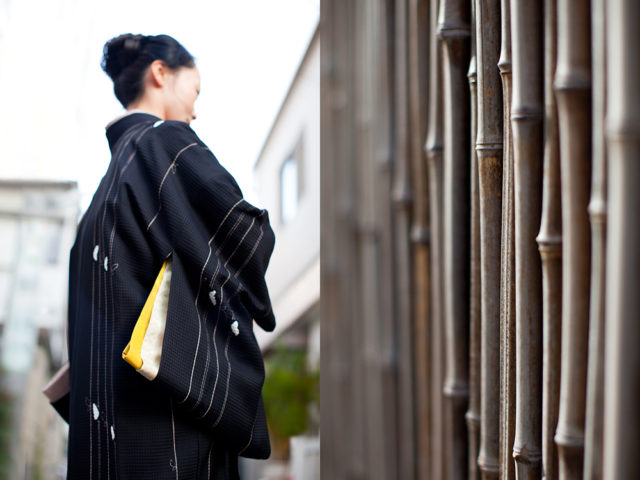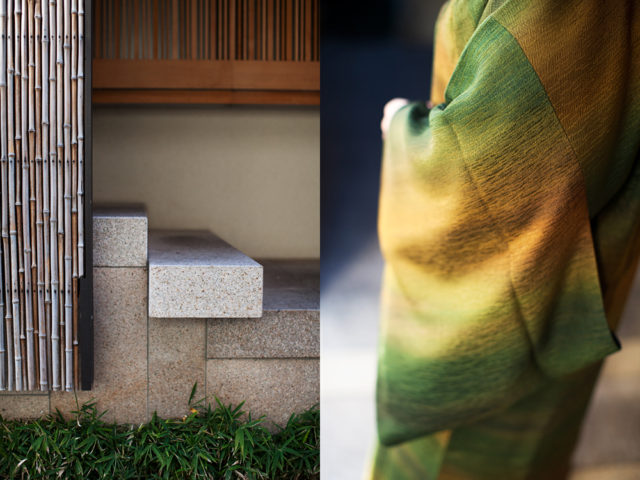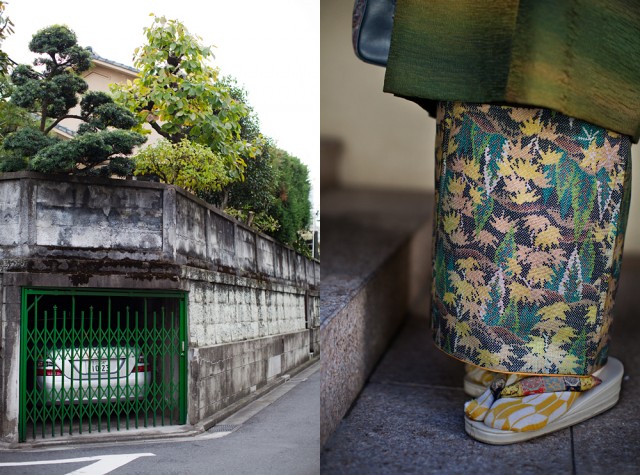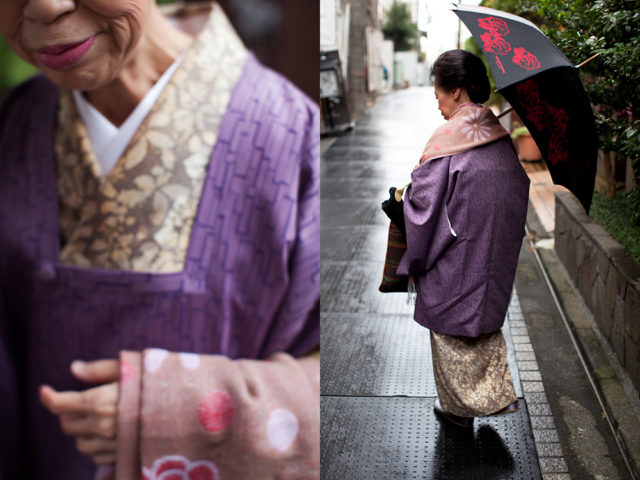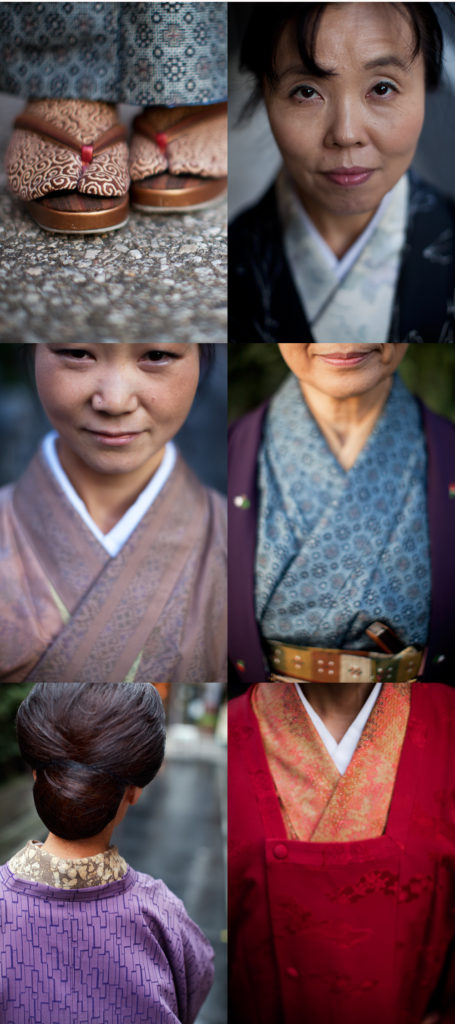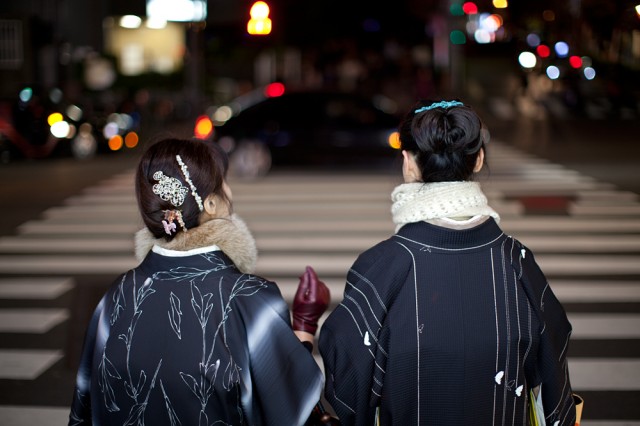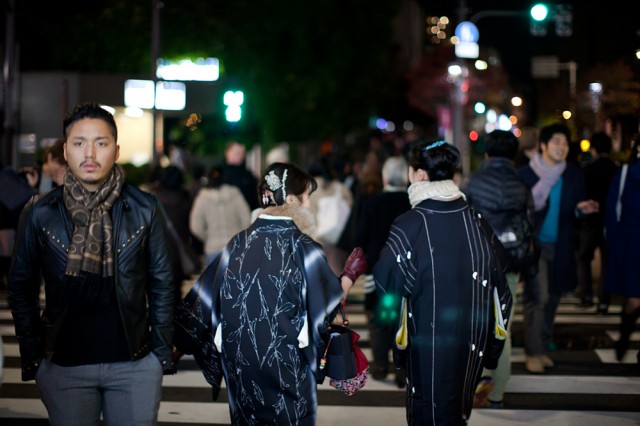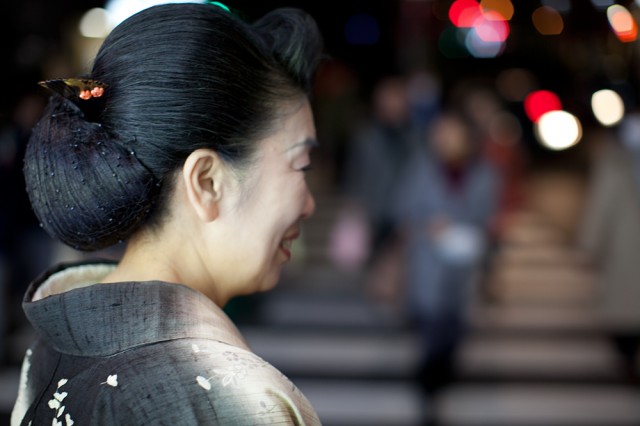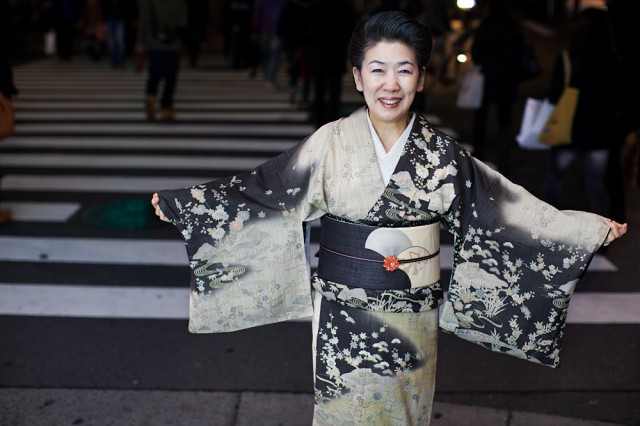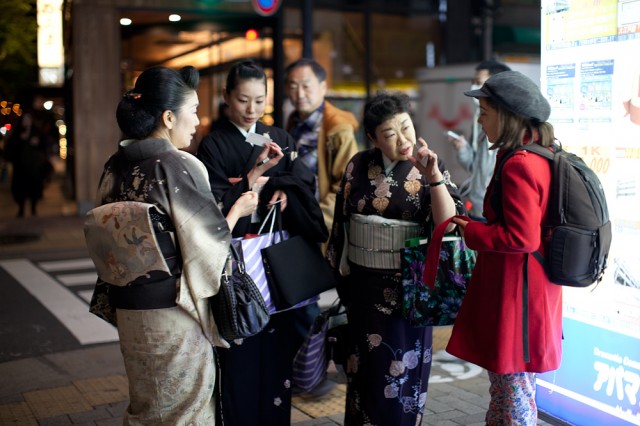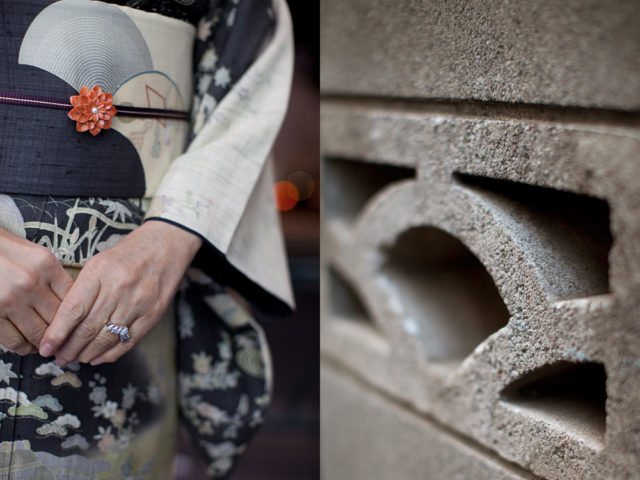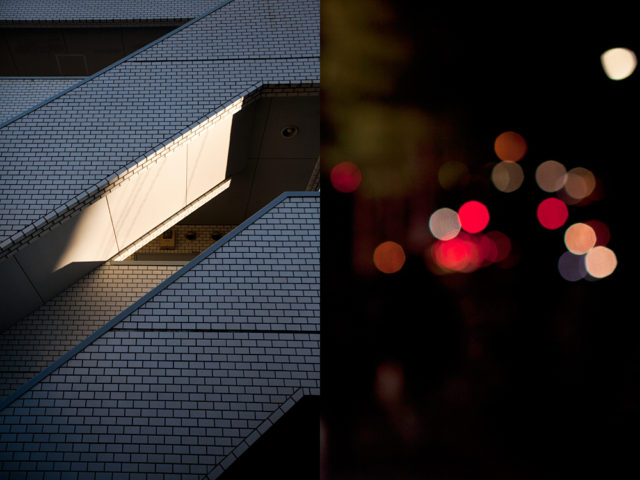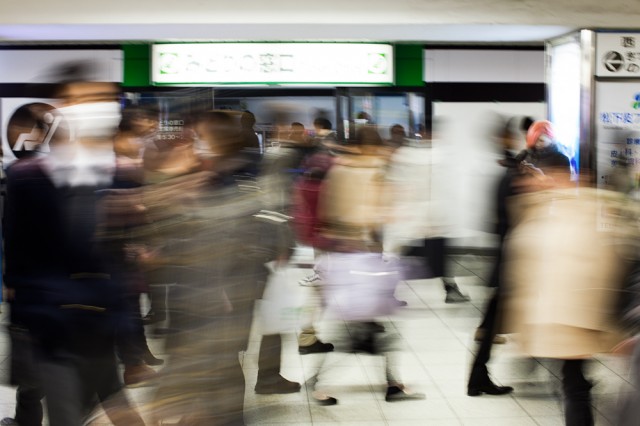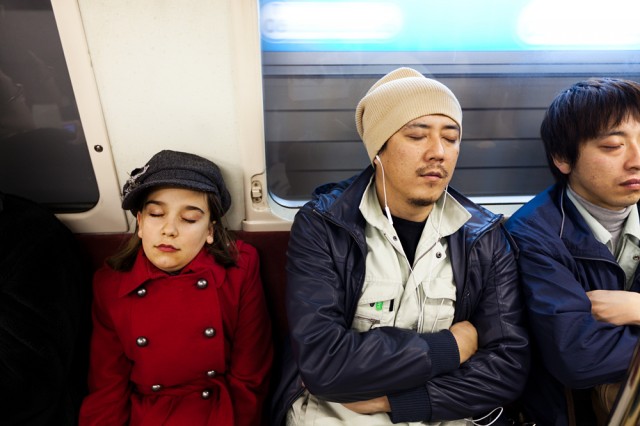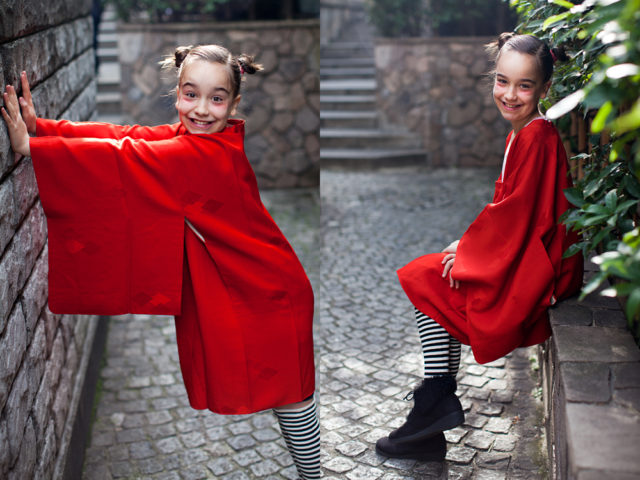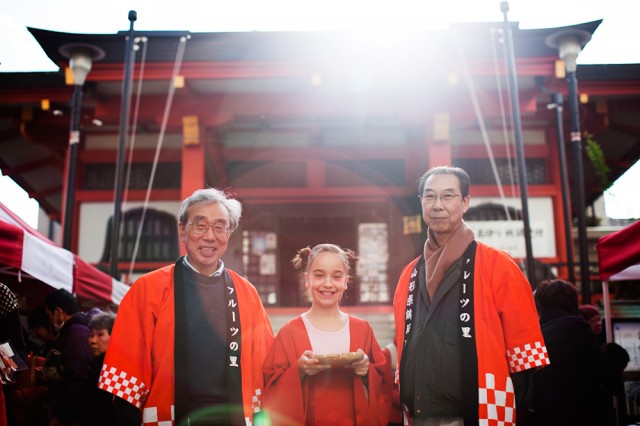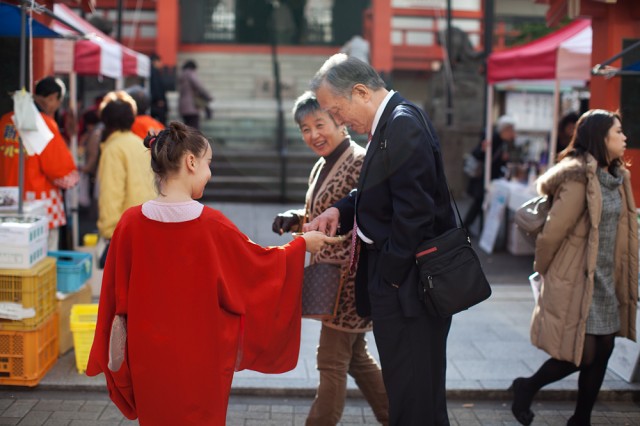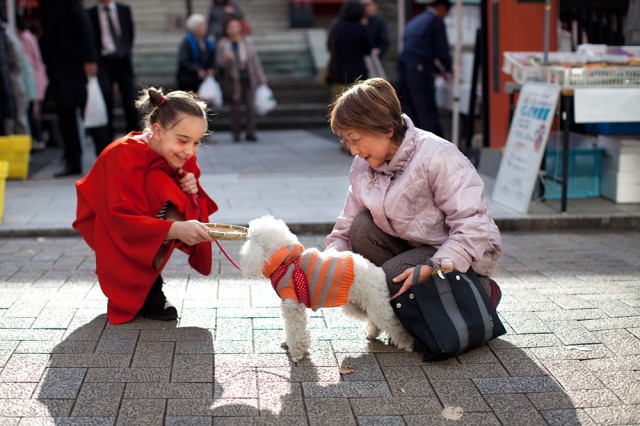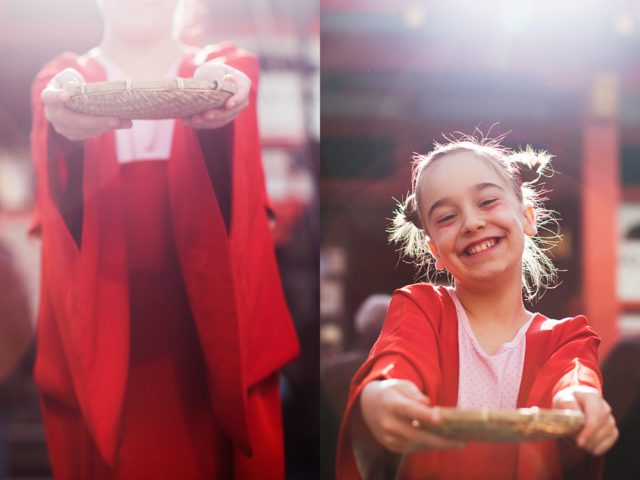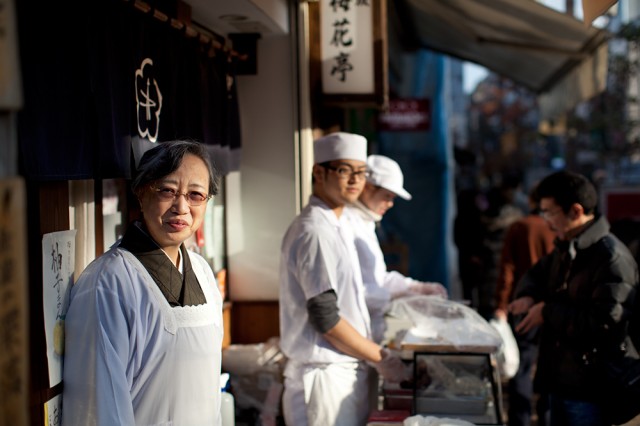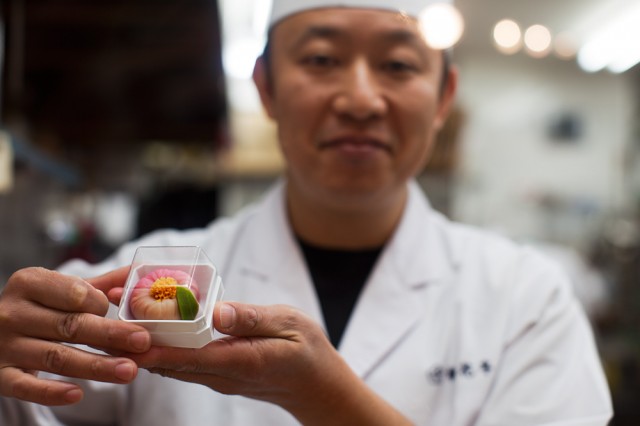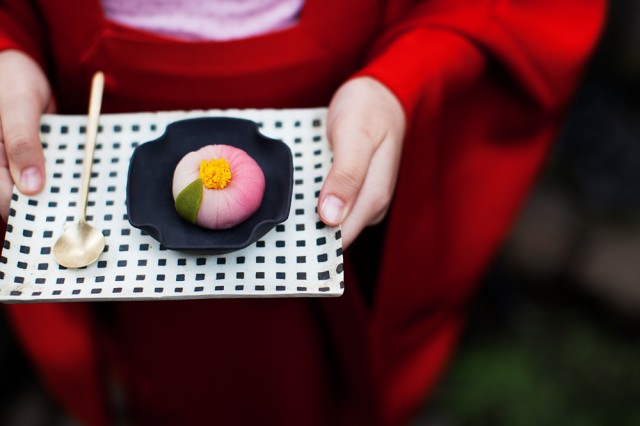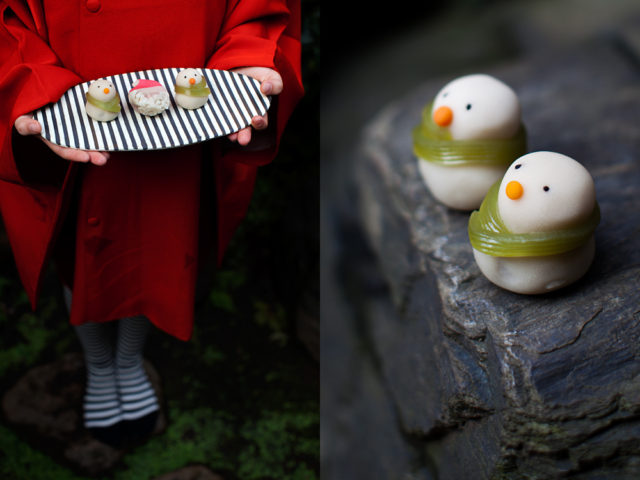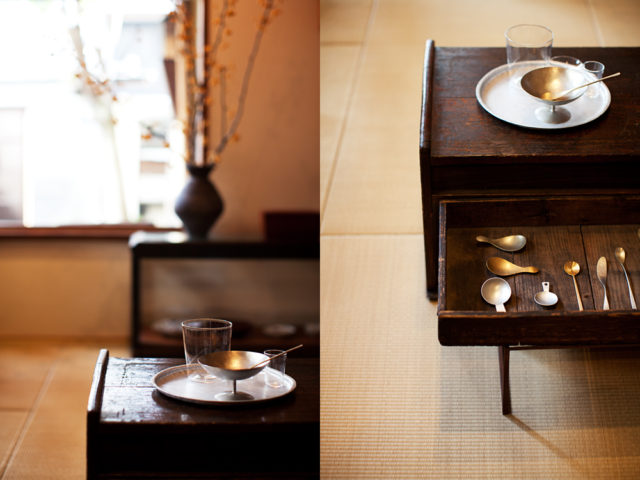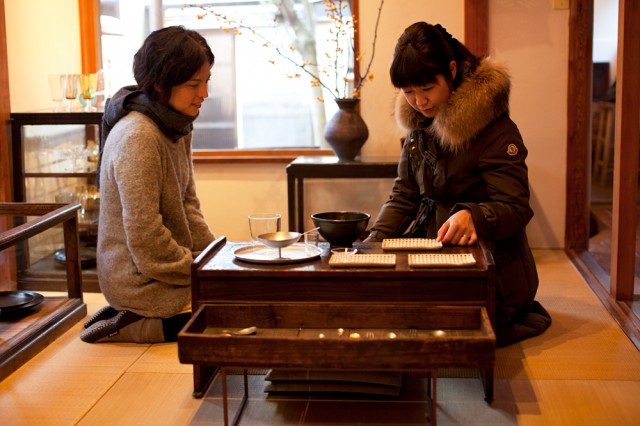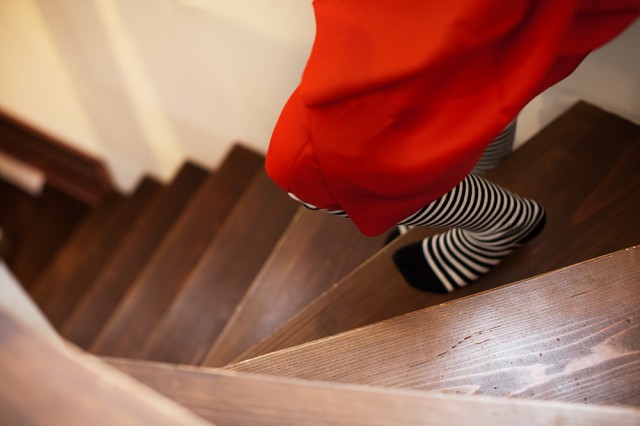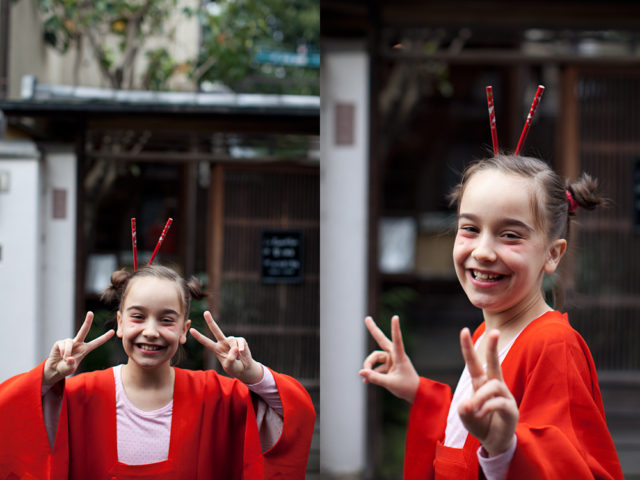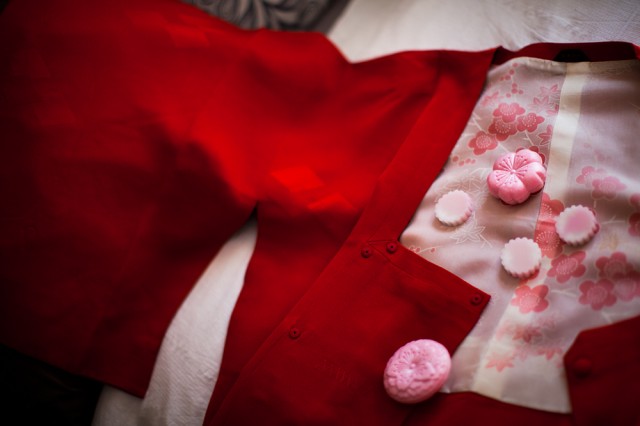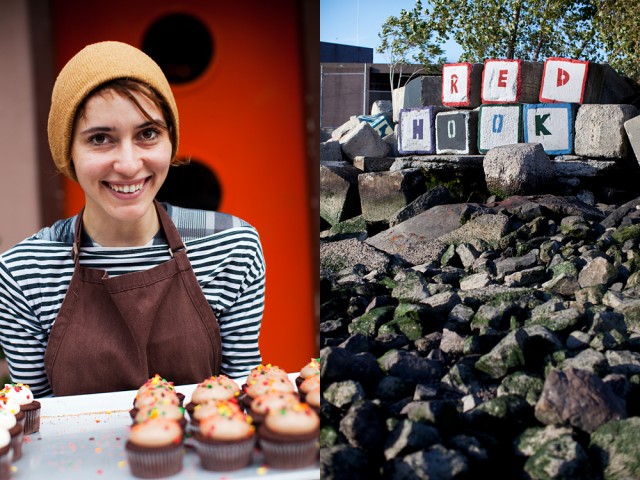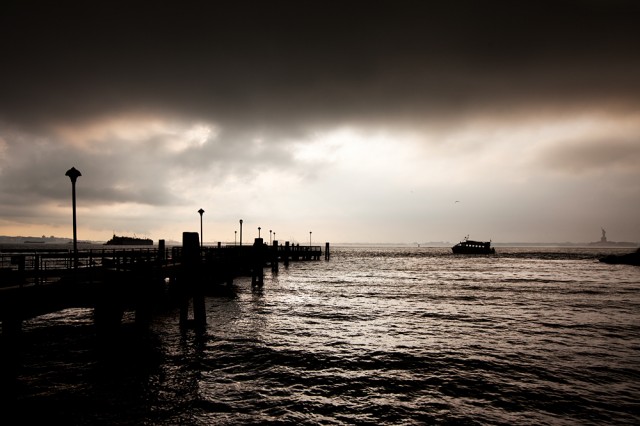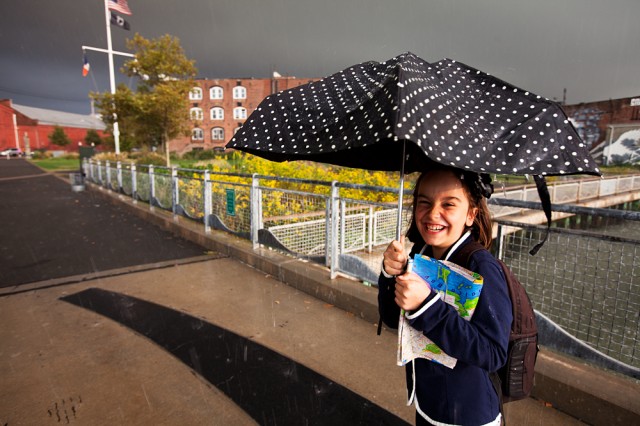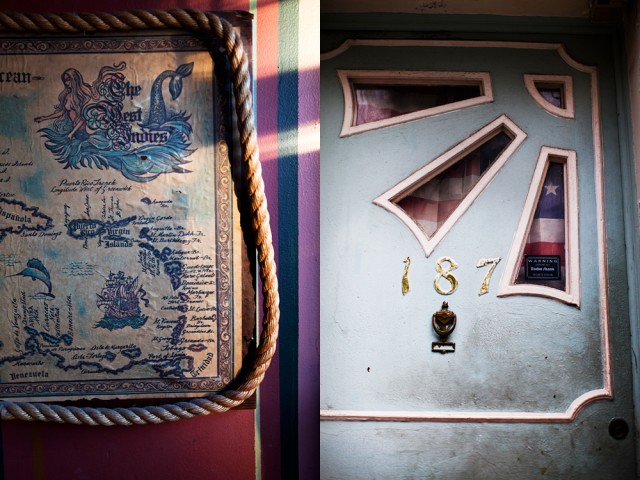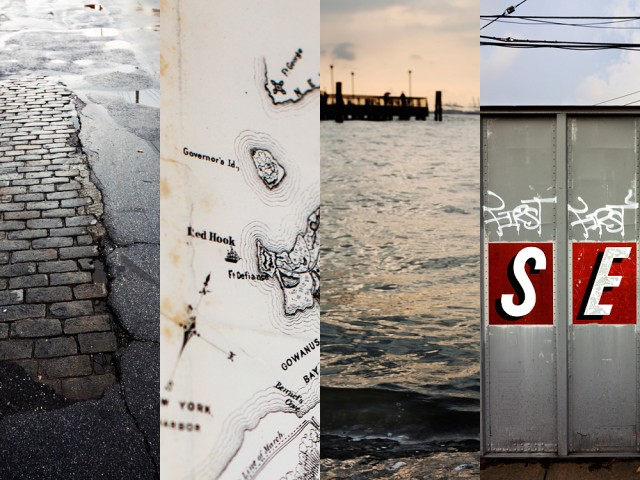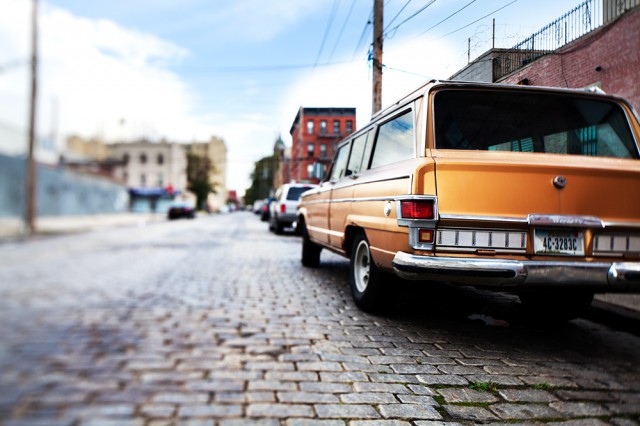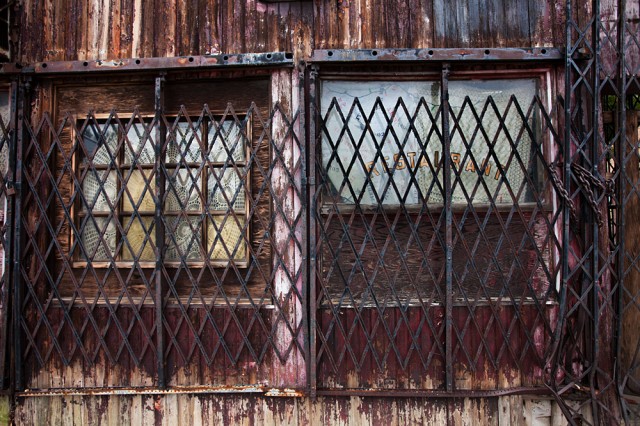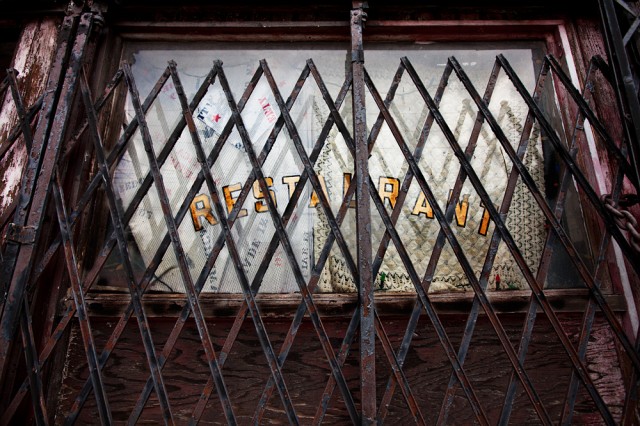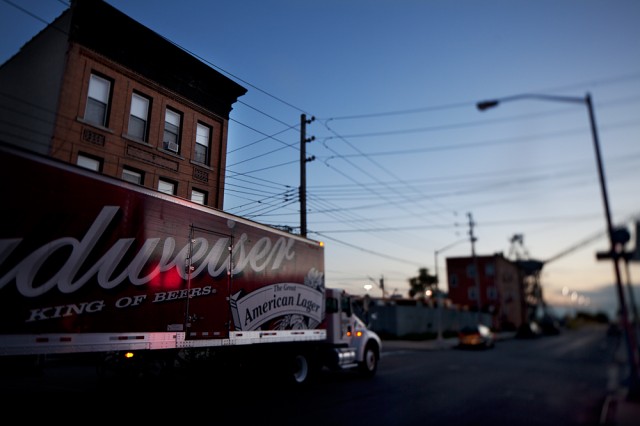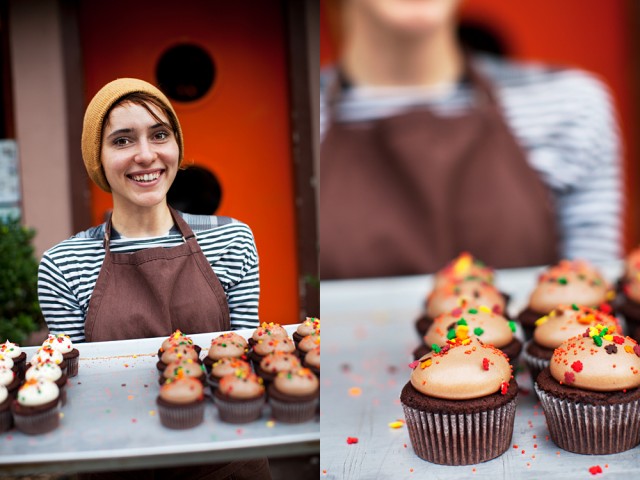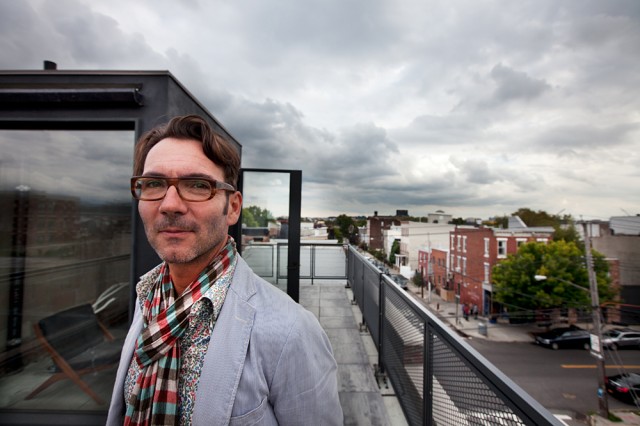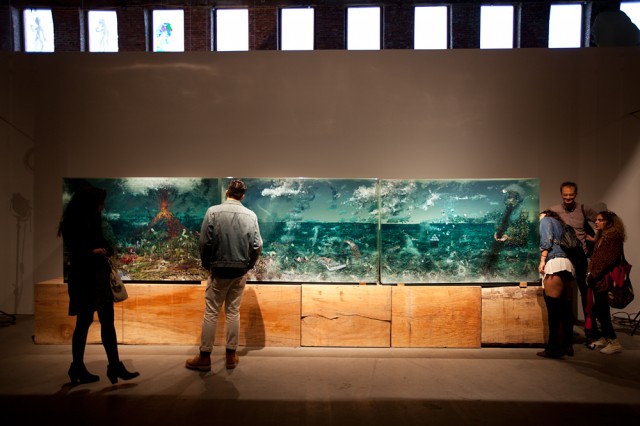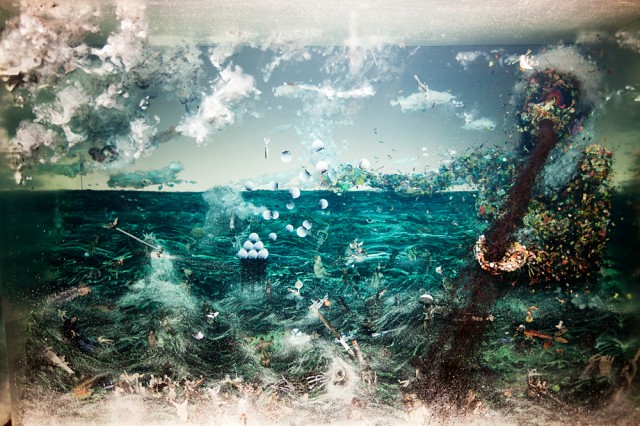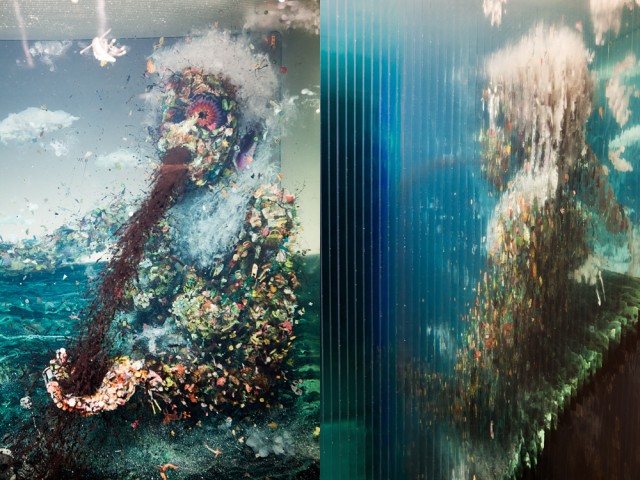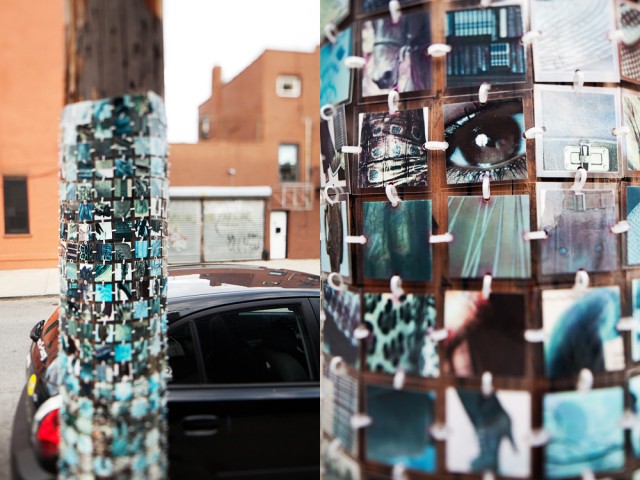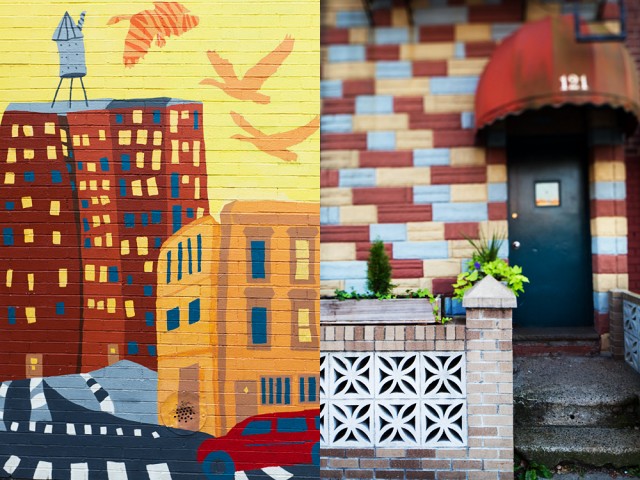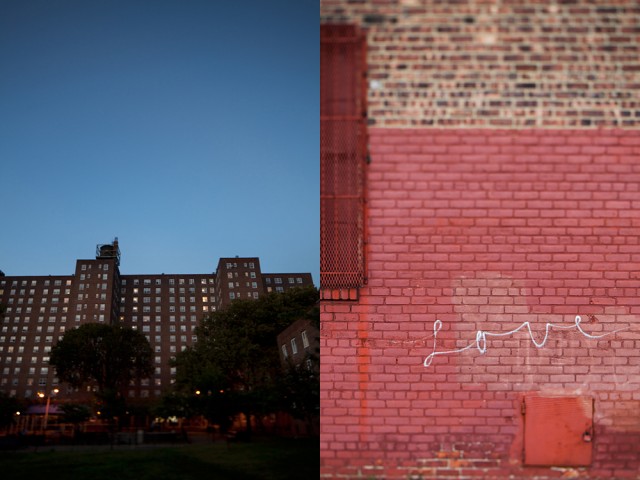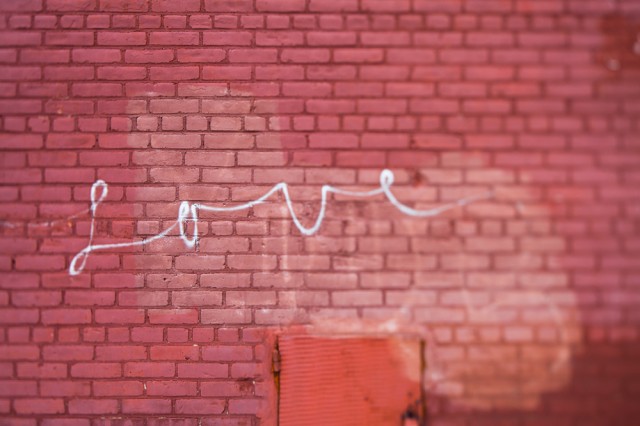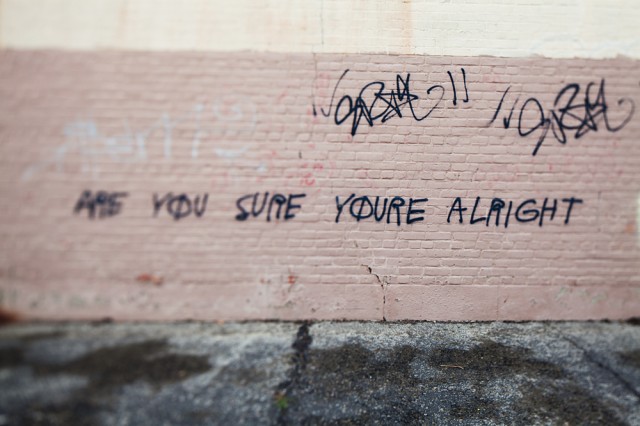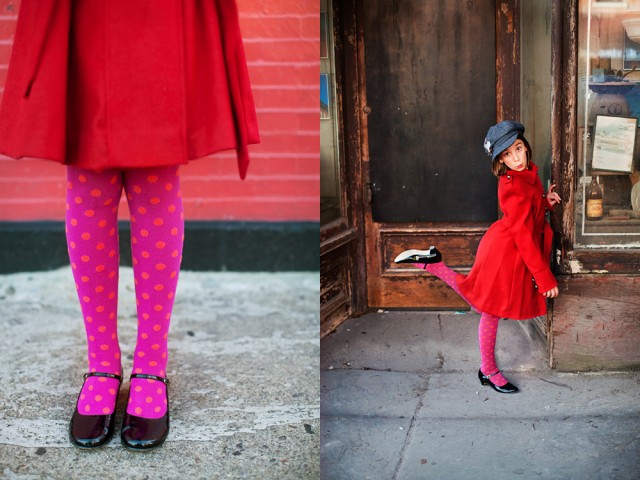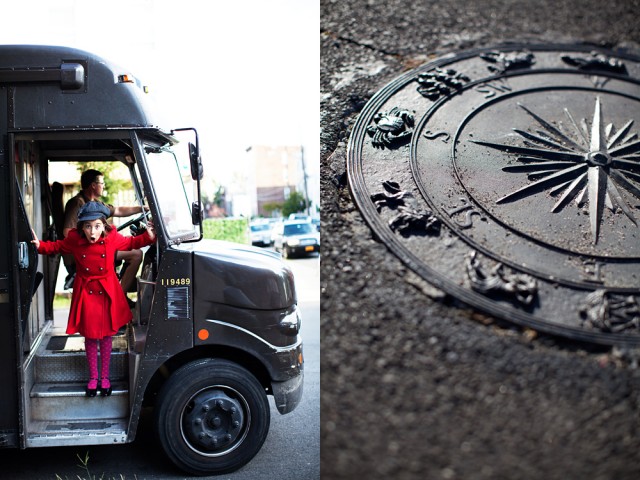Oops.
I had planned to show you a younger face of Tokyo this week but ended up yet again being totally seduced by the old. I just meant to pop my head into Kagurazaka, a neighbourhood on the edge of Shinjuku, because a blog follower who’d lived there said it had “old, cobbled lanes running off of the high street and is one of the remaining areas in the centre of the city that you can still navigate using an Edo-era map” (thanks Laura B!).
Five minutes and then we’d be out of there. Ha. No such luck. Like a moth to a flame I was drawn in once more by those who float down the street, hair upswept, torsos bound and feet sheathed in white.
Ya. Kimonos. I cannot resist them, especially when they’re gliding around an older neighbourhood like Kagurazaka.
I was also sucked in by some beautiful wagashi – Japanese sweets – and the chance of spying geisha (they still frequent the area).
Some background: Kagurazaka is one of the few areas that wasn’t bombed in WWII. We’re talking Tokyo so that doesn’t mean they kept all the old stuff. But there’s more of it than in your average neighbourhood, as well as a cluster of very atmospheric cobbled lanes that Laura had mentioned. There’s also a distinct French presence with lots of little French eateries and, bizarrely, French music being piped down the main street.
Now glide…
Part 1: Kimonos in Kagurazaka
I’ve given a lot of thought as to why I’m so taken with the whole kimono look, more so than say with the Indian sari. I think it’s because while saris are extremely beautiful they’re part of the 21st century, still worn by millions of women on the Indian subcontinent as an everyday garment. The kimono on the other hand is a glimpse into the past – most modern Japanese women don’t wear one, and if they do, it’s usually for a special occasion only.
Which is why I love meeting those for whom it’s a passion. Like Emiko, a kimono hobbyist, and Kazuko, a kimono teacher, in the images below. Visit any city in the First World and really, we all look pretty much the same. But not these women. They’re committed to the process of assembling the 12 or more pieces that are required to put together a typical kimono outfit, mixing and matching the various bits in such a way that’s pleasing to their eye and reflective of their personality, and then securing them in the same way Japanese women have been doing so for centuries. One quick glance at an obi and you can tell – there’s no zipper there.
The other reason I’m so drawn to them is because most of them are such beautiful prints. They are moving artworks that literally dress up and enhance what can often be a fairly uninspiring urban landscape – even in Kagurazaka, where there are more old interesting buildings than usual as well as some appealing modern ones.
Anyway, I hope that explains why it’s week four in Tokyo and I’m still photographing kimonos – and as much as I’m trying to limit myself, may continue to do so until the day we say, see ya’ Tokyo.
We ran into Emiko and her friend, Yasuko, again at the end of the main road in Kagurazaka where modern Tokyo takes over once more. I loved watching their ancient shapes disappear into the crush of any-city garb.
No sooner had they left than another group of kimonos turned up, with Kazuko, a kimono teacher, leading the charge.
As beautiful as Kazuko’s kimono was, it was the end of another exhausting day – time to do battle in the subway.
The Japanese are expert at napping on the subway – Coco, absolutely tuckered out by a day of chasing kimonos in Kagurazaka, joined them.
Part 2: Coco in kimono
You know how in each city we do a little shoot with Coco dressed in something appropriate? Well, a kimono was the obvious choice for Tokyo but rather than do the whole kid-kimono thing, she wanted a kimono with a twist. So we bought a AUD$10 (cheap!) adult kimono jacket, stripy socks and added pink blush under her eyes, a look you see a fair bit around Tokyo.
Took a few shots of her down a lane – and then ducked up to the temple on the main road where there happened to be some sort of matsuri (festival) going on, to hand out our own offering…
Part 3: Sweet things
After the temple, we went and visited Hisae whom we’d met the first day we arrived in the neighbourhood at her shop, Baikatei, to admire her beautiful sweets once more.
Hisae explained that what makes her sweets so special is the type of sugar they use and the way they process the beans that go inside the sweets. That and the skill of her main man, who makes hundreds of tiny, edible artworks every day…
I wanted to photograph some of his creations on something that was equally special. So we bought a few and wandered through the back streets of Kagurazaka to find another shop we’d spied earlier that had beautiful hand-made plates amongst other things.
Now, I’m not easily impressed and I’m not much a retail queen, but if I had the moola, I would buy every single item at La Ronde D’Argile. And I’d like to live in the building too, a tiny old house with tatami mats and the most wonderful feeling.
I don’t think the shop’s owner knew quite what to make of us – a kid in a kimono jacket and me, carrying a tray of Japanese sweets, pointing wildly at her plates – ‘Can I please take your plates outside and photograph these sweets on them?’
After I’d finished snapping the sweets, I couldn’t help taking a few shots of the shop’s interior. Actually, I think it was partly that we just didn’t want to leave. Coco made herself at home on the tatmi mats, drawing and playing a game of rock, paper, scissor in Japanese with a new found friend, while I floated around, uplifted by the tiny house’s good energy.
The only feature of the place I wasn’t fond of was the staircase. Vertiginous in a word.
At some point while playing inside, Coco remembered we’d brought chopsticks to put in her hair and stuck them in. She had the kimono, the napping on trains, the playing rock, paper, scissor in Japanese and the chopsticks. All she needed now was…
I do not know why all Japanese – aside from the kimono women – do the peace sign thing when being photographed. But they do. And now Coco does too.
As we were leaving the neighbourhood for the last time, we ran into Hatue again, an older lady we’d met on a rainy, cold day during the week. Hatue was always in a rush and looked slightly peeved that I was taking up her time. But this time Coco, enlivened by her new Japanese-ness, launched herself at Hatue and gave her an enormous hug. Suddenly Hatue wasn’t in a hurry anymore.
The Wrap
I loved all the kimonos of course but what about Kagurazaka itself? Well, it was probably the most manicured, upmarket neighbourhood we’d explored so far and at one point I wondered if the people that lived or hung out there were less open, more remote. But a kid in a kimono, a tray of tiny biscuits and a hug were all it took to bring out the best in the Kagurazaka-ites.
As for the built environment, amongst the usual Tokyo low rise there were those few lovely old lanes, some sweet older houses and a few more modern numbers with nice clean lines. And like all of Tokyo – at least the bits we’ve seen – there were no hovels nor no mansions, and no pavements (I get it – not enough space for pavements – but it always surprises me.)
And the French thing? Distracted by all things Japanese, I didn’t pay much attention to it. But that piped muzak, it’s really gotta go.
On the ‘home front’
Coco’s had a ball this week. Dressing up, meeting new people, playing new games. She’s loved it. And that kimono jacket, well, it hasn’t left her side…
—
This suburb has been brought to you by Andrew Leslie
—
See you next week.

